Building wealth feels overwhelming for most people. Traditional investing demands constant attention, market timing, and nerves of steel during volatile periods.
You watch your portfolio swing wildly while wondering if you’ll ever achieve true financial freedom. Stock picking feels like gambling.
Your savings account earns pennies while inflation eats away your purchasing power. Meanwhile, wealthy investors seem to effortlessly grow their money while you struggle with complex strategies and sleepless nights.
What if you could get paid simply for owning quality companies? The dividend snowball effect turns this dream into reality.
This strategy automatically grows your income without requiring market predictions or daily management.
Your investments pay you to hold them, then use those payments to buy more income-generating assets. The cycle repeats endlessly, creating wealth that compounds while you sleep.
What Is the Dividend Snowball Effect?
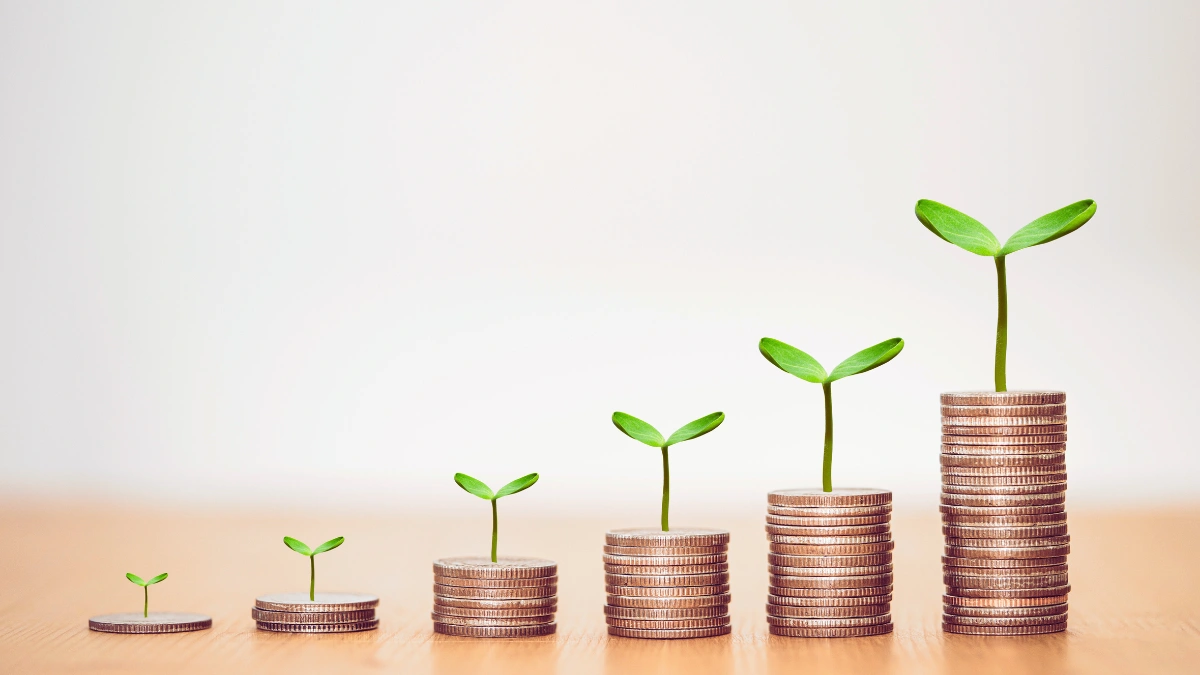
Picture rolling a small ball of snow down a snowy hillside. As gravity pulls it forward, the snowball gathers more snow with each rotation, growing larger and heavier in the process.
This natural phenomenon creates momentum that becomes increasingly difficult to stop. Your investment portfolio operates similarly when you harness the power of dividend reinvestment.
Companies distribute portions of their profits to shareholders as dividends, rewarding them simply for owning the company’s stock.
When you receive these payments, most investors face a choice: spend the money or reinvest it. The snowball strategy chooses reinvestment every time.
Your dividends automatically purchase additional shares of the same company or similar dividend-paying investments. This action increases your total ownership stake without requiring fresh capital from your pocket.
More shares mean larger future dividend payments, which buy even more shares, creating an endless cycle of growth.
The beauty lies in automation and compound acceleration. Unlike manual investing strategies that demand constant attention and decision-making, dividend reinvestment operates independently once established.
Your portfolio grows through the natural profit-sharing mechanism of dividend-paying companies. Time transforms small, regular payments into substantial ownership positions.
The longer this process continues, the faster your wealth accumulates through the mathematical miracle of exponential rather than linear growth.
The Magic Ingredient: Compounding
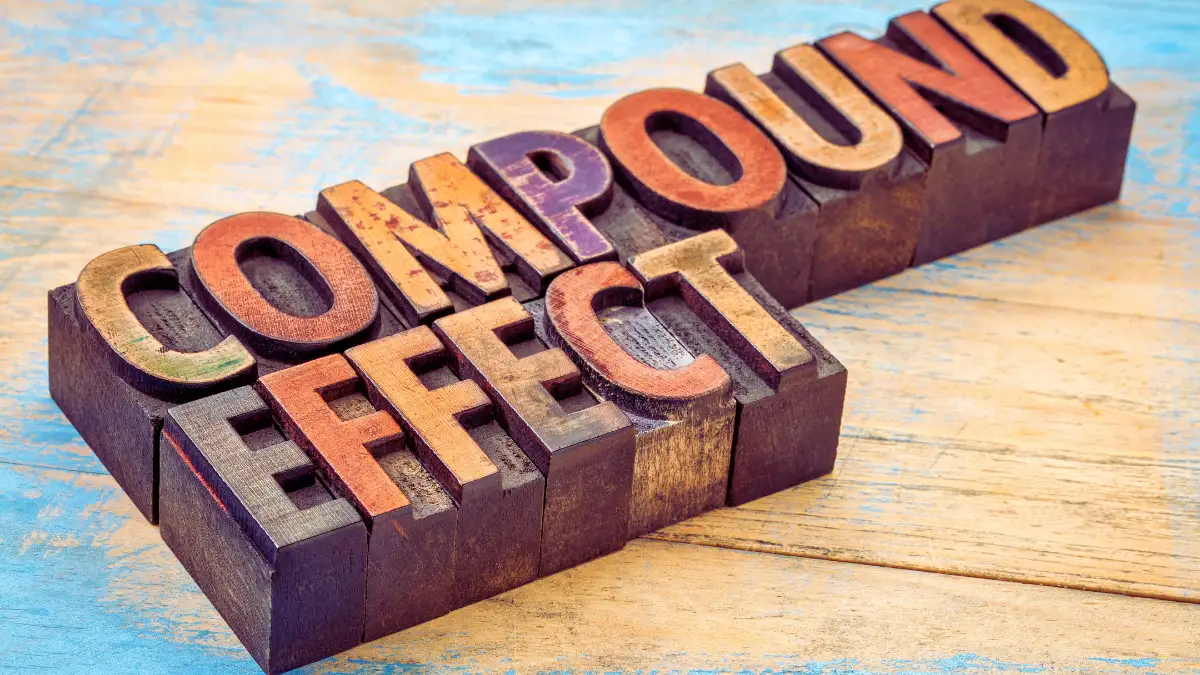
Albert Einstein allegedly called compound interest the eighth wonder of the world, and dividend reinvestment demonstrates why this concept captivates financial minds.
When you reinvest dividends, your money doesn’t just grow through addition but through multiplication. Your original investment generates returns, and those returns begin generating their own returns.
This creates a feedback loop where growth accelerates over time rather than maintaining a steady pace.
Consider how compounding transforms your investment timeline. During year one, dividends flow from your initial stock purchases.
Year two brings dividends from both your original shares and the new shares bought with year one’s payments. By year ten, you’re collecting dividends from your initial investment plus shares acquired through nine years of reinvestment.
Each previous year’s dividend purchases contribute to current income, creating layers of wealth that build upon themselves.
The mathematical progression becomes extraordinary over decades. Your reinvested dividends eventually produce more income than your original investment.
A $10,000 initial investment might generate $400 in first-year dividends, but those same dividends could reach $1,200 annually after twenty years of reinvestment.
The difference comes from compounding rather than market appreciation alone. Your growing share count amplifies every dividend increase the company declares, turning modest percentage raises into substantial income boosts.
Visualizing the Snowball: A Hypothetical Example
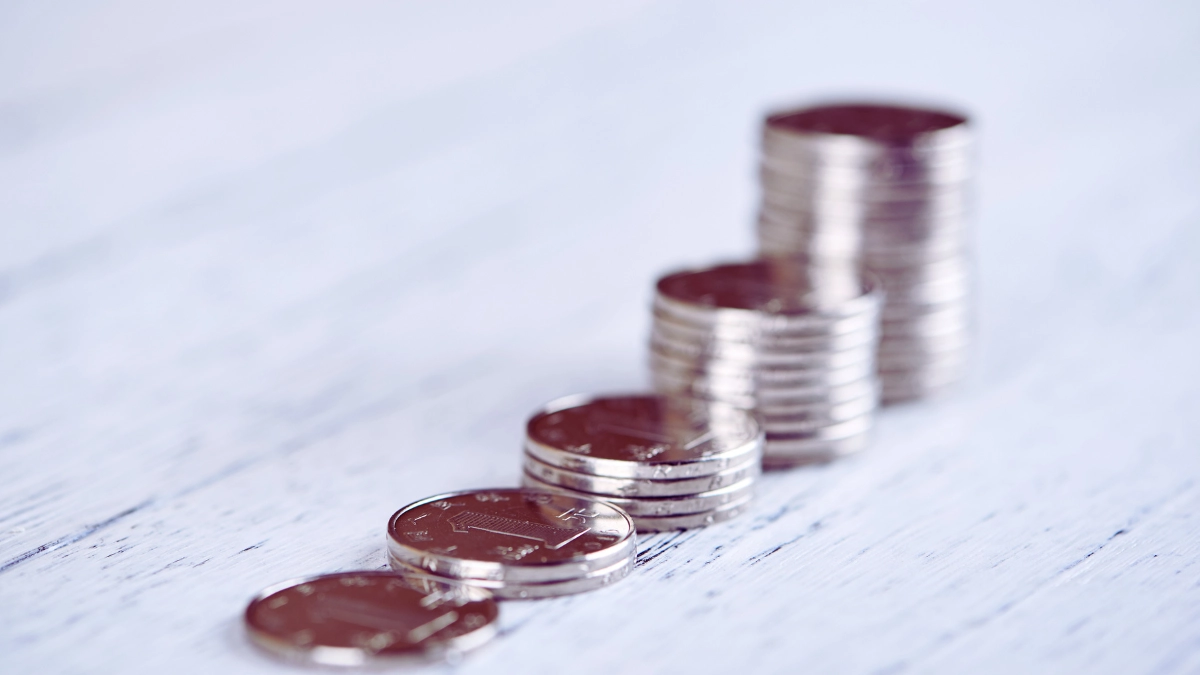
Let’s examine how dividend reinvestment transforms a $10,000 investment in a stock yielding 4% annually. We’ll assume the company maintains its dividend while the stock price remains relatively stable to isolate the reinvestment effect.
Year 1 Calculation:
- Initial Investment: $10,000
- Dividend Payment: $10,000 × 4% = $400
- Shares Purchased with Dividend: $400 worth of additional stock
- New Total Investment Value: $10,400
Year 2 Calculation:
- Starting Portfolio Value: $10,400
- Dividend Payment: $10,400 × 4% = $416
- Total Portfolio Value: $10,400 + $416 = $10,816
Year 3 Calculation:
- Starting Portfolio Value: $10,816
- Dividend Payment: $10,816 × 4% = $433
- Total Portfolio Value: $10,816 + $433 = $11,249
Year 5 Calculation:
- Starting Portfolio Value: $11,699 (after Year 4 reinvestment)
- Dividend Payment: $11,699 × 4% = $468
- Total Portfolio Value: $11,699 + $468 = $12,167
Detailed Year-by-Year Progression: Each year, your dividend grows because you own more shares. The 4% yield applies to your ever-increasing share count, not just your original $10,000. Notice how the dividend amount increases each year, creating an accelerating effect.
| Year | Starting Value | Annual Dividend | Reinvested Amount | Portfolio Value | Dividend Growth |
|---|---|---|---|---|---|
| 1 | $10,000 | $400 | $400 | $10,400 | Starting point |
| 2 | $10,400 | $416 | $416 | $10,816 | 4% increase |
| 3 | $10,816 | $433 | $433 | $11,249 | 8.3% increase |
| 4 | $11,249 | $450 | $450 | $11,699 | 12.5% increase |
| 5 | $11,699 | $468 | $468 | $12,167 | 17% increase |
| 10 | $14,335 | $573 | $573 | $14,908 | 43.3% increase |
| 15 | $17,774 | $711 | $711 | $18,485 | 77.8% increase |
| 20 | $21,445 | $858 | $858 | $22,303 | 114.5% increase |
| 25 | $26,609 | $1,064 | $1,064 | $27,673 | 166% increase |
| 30 | $32,383 | $1,295 | $1,295 | $33,678 | 223.8% increase |
This detailed breakdown shows how your annual dividend income more than triples over three decades without adding a single dollar beyond your initial investment.
The growth curve steepens dramatically in later years as the compounding effect reaches full momentum. Each year’s reinvestment becomes larger than the previous year’s, creating a snowball effect that accelerates wealth accumulation.
Why It’s Called “Getting Paid to Invest”

Traditional investing often feels like placing bets on future outcomes with no guarantee of returns. Stock prices fluctuate wildly, creating anxiety and uncertainty for many investors.
Dividend investing flips this relationship by providing regular cash payments regardless of short-term market movements.
You receive quarterly checks simply for maintaining ownership in profitable companies. These payments represent your share of business profits, making you a true partner in commercial success.
Dividend payments create a tangible connection between your investment and real business performance.
When you own shares in Coca-Cola, you participate in every bottle sold worldwide. Johnson & Johnson’s medical innovations generate profits that flow directly to your account.
This relationship extends beyond abstract financial returns to actual business ownership. You’re not speculating on price movements but collecting your portion of genuine economic activity.
The psychological benefits extend beyond financial returns. Regular dividend payments provide positive reinforcement during market volatility. While stock prices bounce unpredictably, dividend checks arrive with clockwork consistency.
This stability helps investors maintain long-term perspectives during turbulent periods. You can watch your account balance fluctuate while knowing your income stream continues flowing.
Many companies increase their dividends annually, providing inflation protection and income growth that compounds your financial security over time.
The Autopilot Advantage (Long-Term Patience Pays Off)
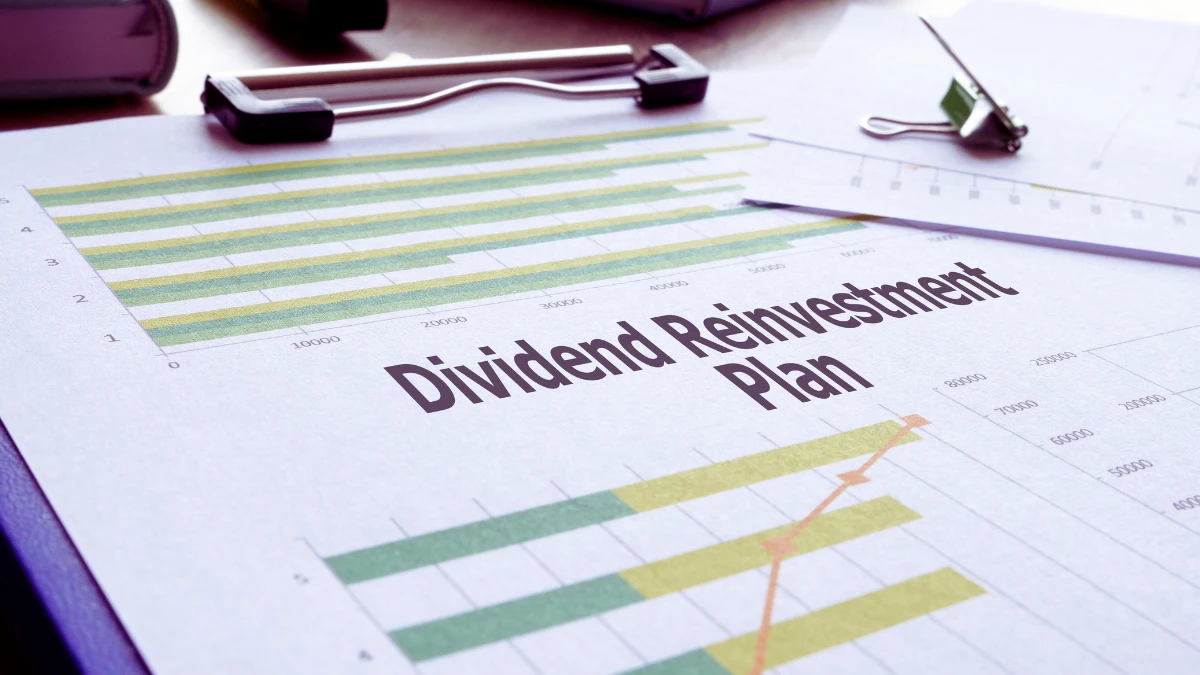
Modern technology transforms dividend investing into a largely hands-off process through Dividend Reinvestment Plans, commonly known as DRIPs.
These programs automatically convert your dividend payments into additional shares without requiring manual intervention.
Your brokerage account handles the entire transaction, purchasing fractional shares when necessary to invest every dollar.
This automation eliminates emotional decision-making and ensures consistent reinvestment regardless of market conditions or personal circumstances.
Patience becomes your greatest asset in dividend investing because compounding requires time to demonstrate its full power.
Early years produce modest results that might seem insignificant compared to more aggressive investment strategies. However, the mathematical progression of compound growth creates exponential acceleration in later decades.
What begins as small quarterly payments eventually transforms into substantial annual income that can replace employment earnings or fund retirement dreams.
The autopilot nature of dividend reinvestment protects investors from their own psychological biases. Market crashes and economic uncertainty often trigger panic selling that destroys long-term wealth accumulation.
Automated dividend reinvestment continues operating regardless of headlines or market sentiment. During market downturns, your dividends purchase more shares at lower prices, accelerating future income growth.
This contrarian effect turns market volatility into an advantage rather than a threat, provided you maintain discipline and avoid manual interference with the automated process.
How to Start Your Dividend Snowball
Getting started requires selecting the right foundation for your dividend strategy:
1. Choose a suitable brokerage platform that offers commission-free trading and automatic dividend reinvestment capabilities
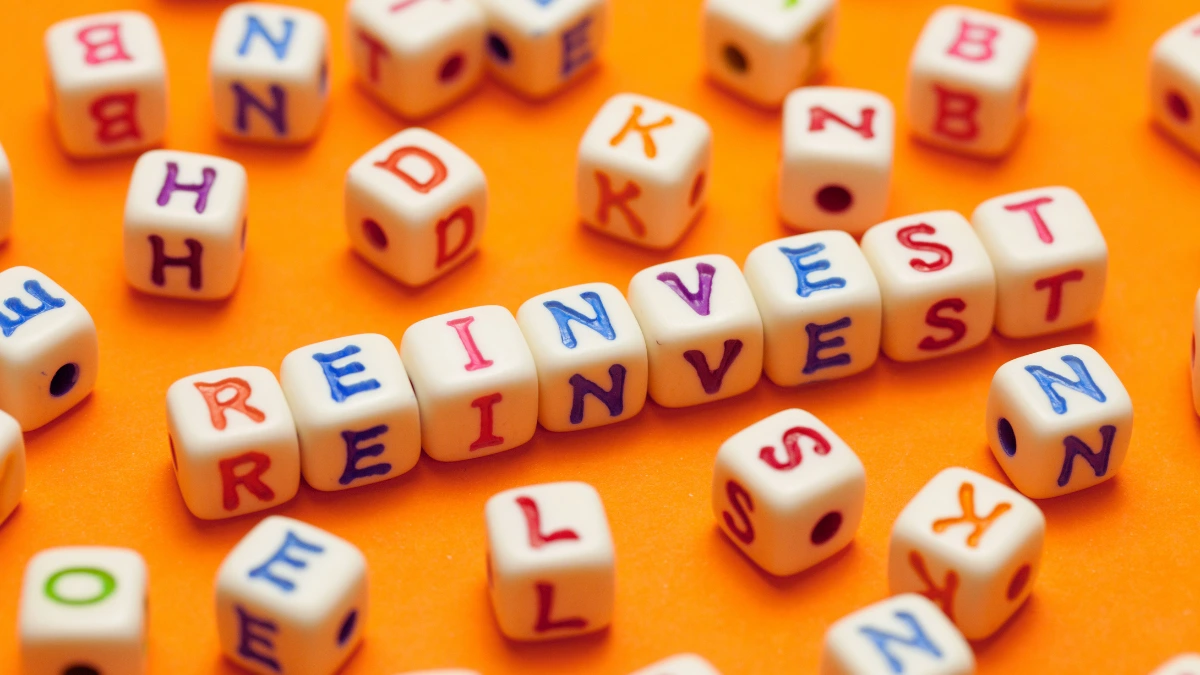
- Open an account with established brokers like Charles Schwab, Fidelity, or Vanguard
- Verify that your chosen platform supports fractional share purchases
- Enable automatic DRIP enrollment for all dividend-paying holdings
- Confirm that international dividend stocks are accessible if you want global exposure
- Research account minimums and fee structures to avoid unnecessary costs
2. Research and select quality dividend-paying companies or exchange-traded funds
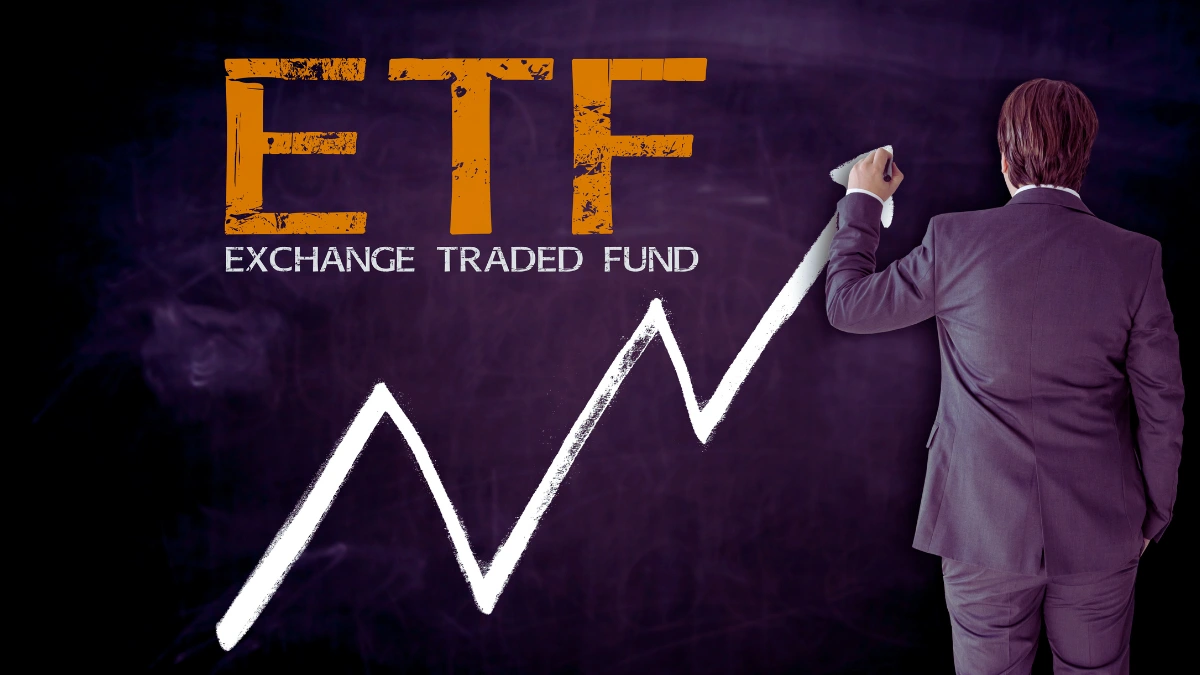
- Focus on companies with 10+ years of consistent dividend payments
- Look for Dividend Aristocrats with 25+ years of consecutive increases
- Analyze payout ratios to ensure dividends consume less than 70% of earnings
- Study business fundamentals, including debt levels, cash flow, and competitive position
- Consider starting with dividend-focused ETFs for instant diversification
3. Establish a systematic investment approach that builds momentum over time

- Set up automatic monthly contributions to accelerate portfolio growth
- Start with amounts you can comfortably invest for decades without needing access
- Reinvest all dividends automatically through your brokerage DRIP program
- Avoid the temptation to time the market or chase high-yield investments
- Review your holdings annually, but resist frequent trading or portfolio changes
Key Sectors for Dividend Stocks

Smart diversification across dividend-friendly sectors reduces risk while maintaining steady income:
- Food and beverage giants like Coca-Cola, PepsiCo, and General Mills
- Household product manufacturers, including Procter & Gamble and Unilever
- Retail chains such as Walmart and Costco with defensive business models
- Tobacco companies like Altria and Philip Morris International, despite health concerns
- Personal care companies, including Colgate-Palmolive and Kimberly-Clark
- Electric utilities such as Duke Energy, Dominion Energy, and NextEra Energy
- Natural gas distributors like Kinder Morgan and Enbridge
- Water utilities, including American Water Works and Essential Utilities
- Renewable energy companies, such as Brookfield Renewable Partners
- Telecommunications providers like Verizon and AT&T, with infrastructure assets
- Retail REITs owning shopping centers and malls, like Simon Property Group
- Healthcare REITs, including Welltower and Ventas, focus on medical facilities
- Industrial REITs like Prologis and Digital Realty Trust are serving e-commerce growth
Things to Remember
Understanding potential challenges helps maintain realistic expectations and avoid common mistakes:
Time horizon and patience requirements for dividend investing success
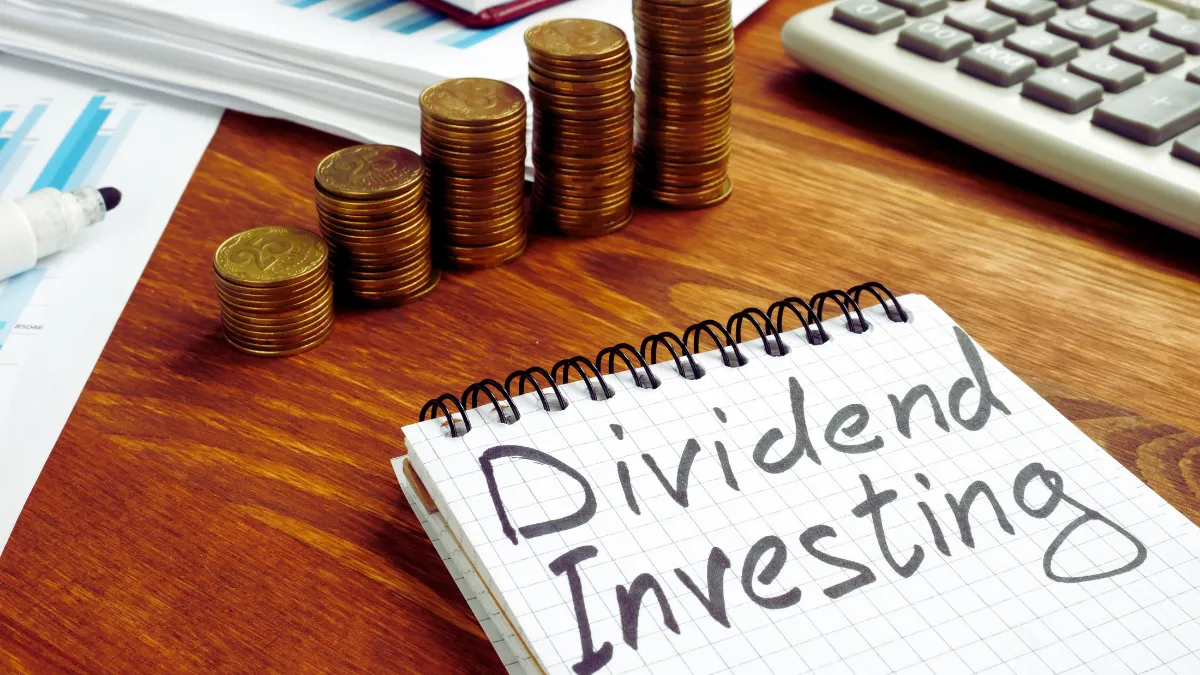
- Meaningful results require decades, not years, of consistent reinvestment
- Early dividend payments may seem small compared to other investment returns
- The most dramatic growth occurs in later years when compounding reaches full effect
- Starting early provides enormous advantages due to extended compounding periods
- Retirement planning should account for dividend growth rather than current yields
Risk factors that can impact dividend investing strategies and outcomes
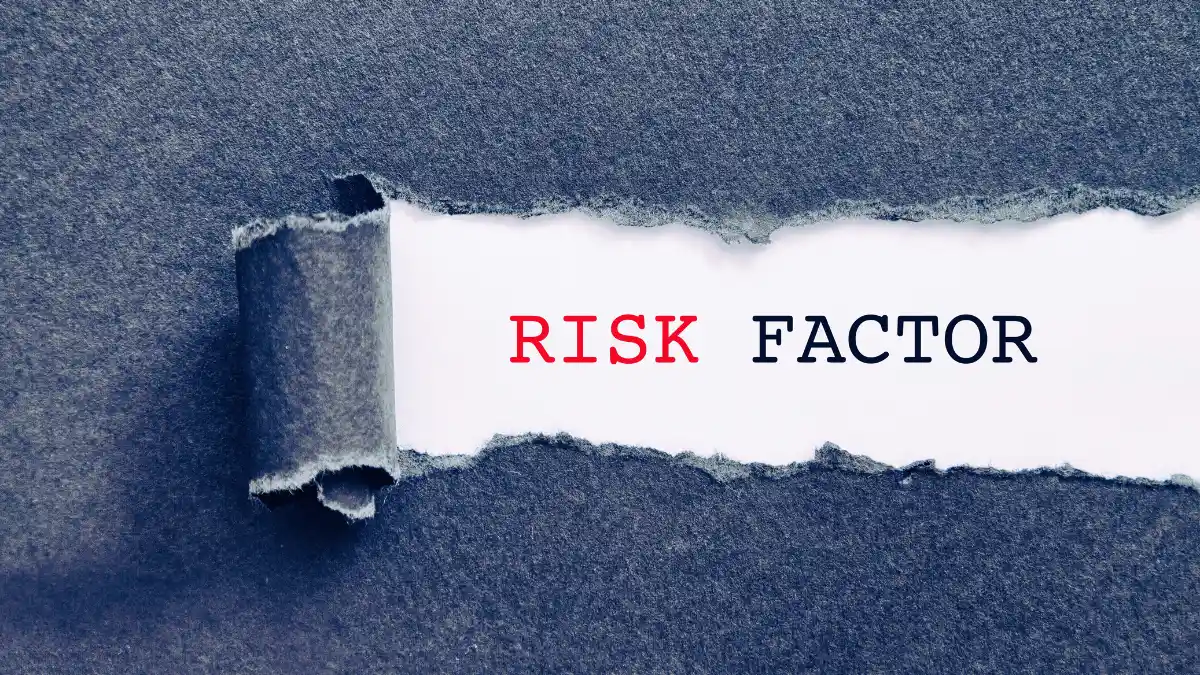
- Companies can reduce or eliminate dividends during financial difficulties
- High-yield investments often signal underlying business problems or unsustainability
- Interest rate changes affect the relative attractiveness of dividend stocks
- Sector concentration creates vulnerability to industry-specific downturns
- Tax implications vary between qualified and non-qualified dividend payments
Monitoring and maintenance requirements for long-term dividend portfolio health
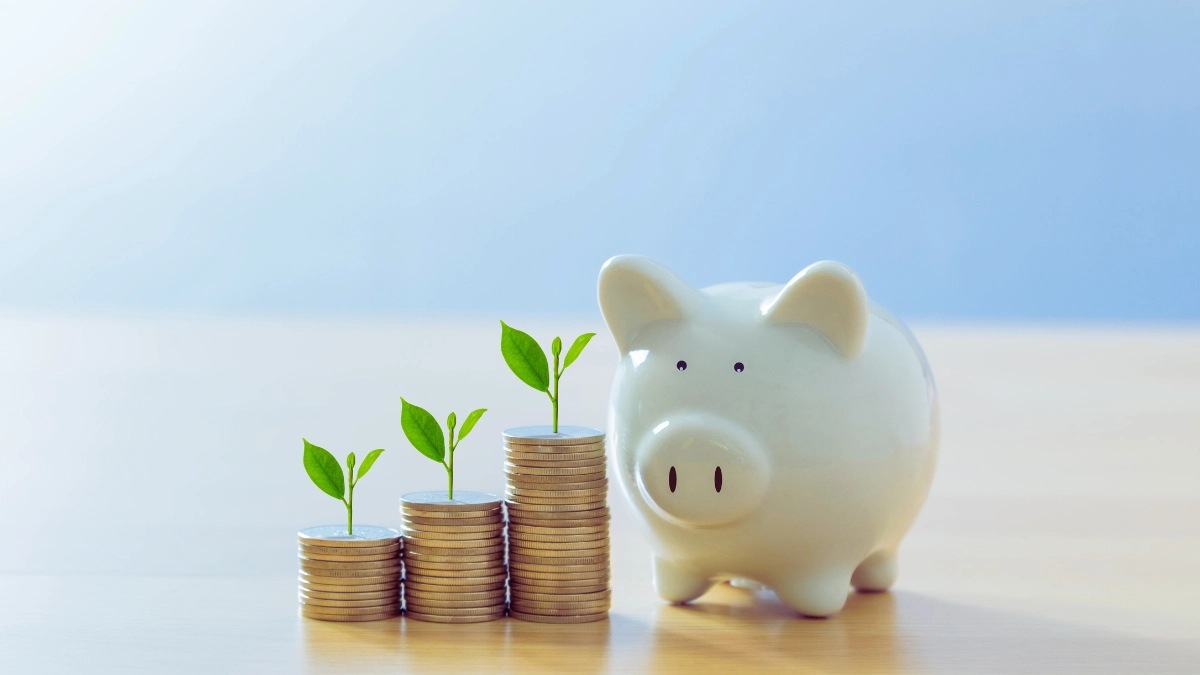
- Annual reviews ensure companies maintain financial strength and dividend sustainability
- Rebalancing prevents any single position from becoming too large in your portfolio
- Replacing deteriorating companies protects against dividend cuts and capital losses
- Economic cycle awareness helps adjust sector allocations for changing conditions
- Tax-loss harvesting in taxable accounts can improve after-tax returns

